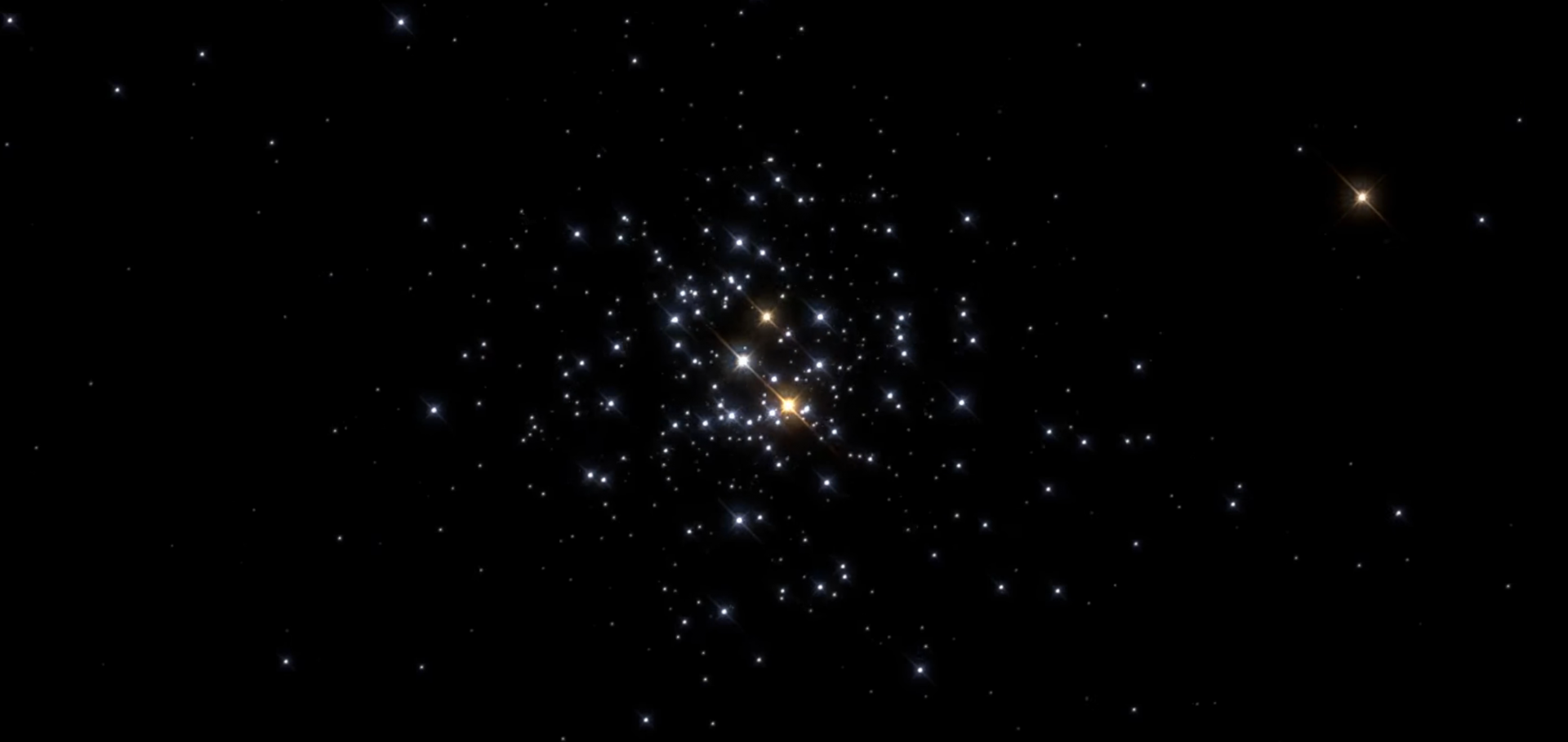Disc novae: thermodynamics of gas-assisted binary black hole formation in AGN discs
Abstract:
We investigate the thermodynamics of close encounters between stellar mass black holes (BHs) in the gaseous discs of active galactic nuclei (AGNs), during which binary black holes (BBHs) may form. We consider a suite of 2D viscous hydrodynamical simulations within a shearing box prescription using the Eulerian grid code athena++. We study formation scenarios where the fluid is either an isothermal gas or an adiabatic mixture of gas and radiation in local thermal equilibrium. We include the effects of viscous and shock heating, as well as optically thick cooling. We co-evolve the embedded BHs with the gas, keeping track of the energetic dissipation and torquing of the BBH by gas and inertial forces. We find that compared to the isothermal case, the minidiscs formed around each BH are significantly hotter and more diffuse, though BBH formation is still efficient. We observe massive blast waves arising from collisions between the radiative minidiscs during both the initial close encounter and subsequent periapsis periods for successfully bound BBHs. These ‘disc novae’ have a profound effect, depleting the BBH Hill sphere of gas and injecting energy into the surrounding medium. In analysing the thermal emission from these events, we observe periodic peaks in local luminosity associated with close encounters/periapses, with emission peaking in the optical/near-infrared (IR). In the AGN outskirts, these outbursts can reach 4 per cent of the AGN luminosity in the IR band, with flares rising over 0.5–1 yr. Collisions in different disc regions, or when treated in 3D with magnetism, may produce more prominent flares.


